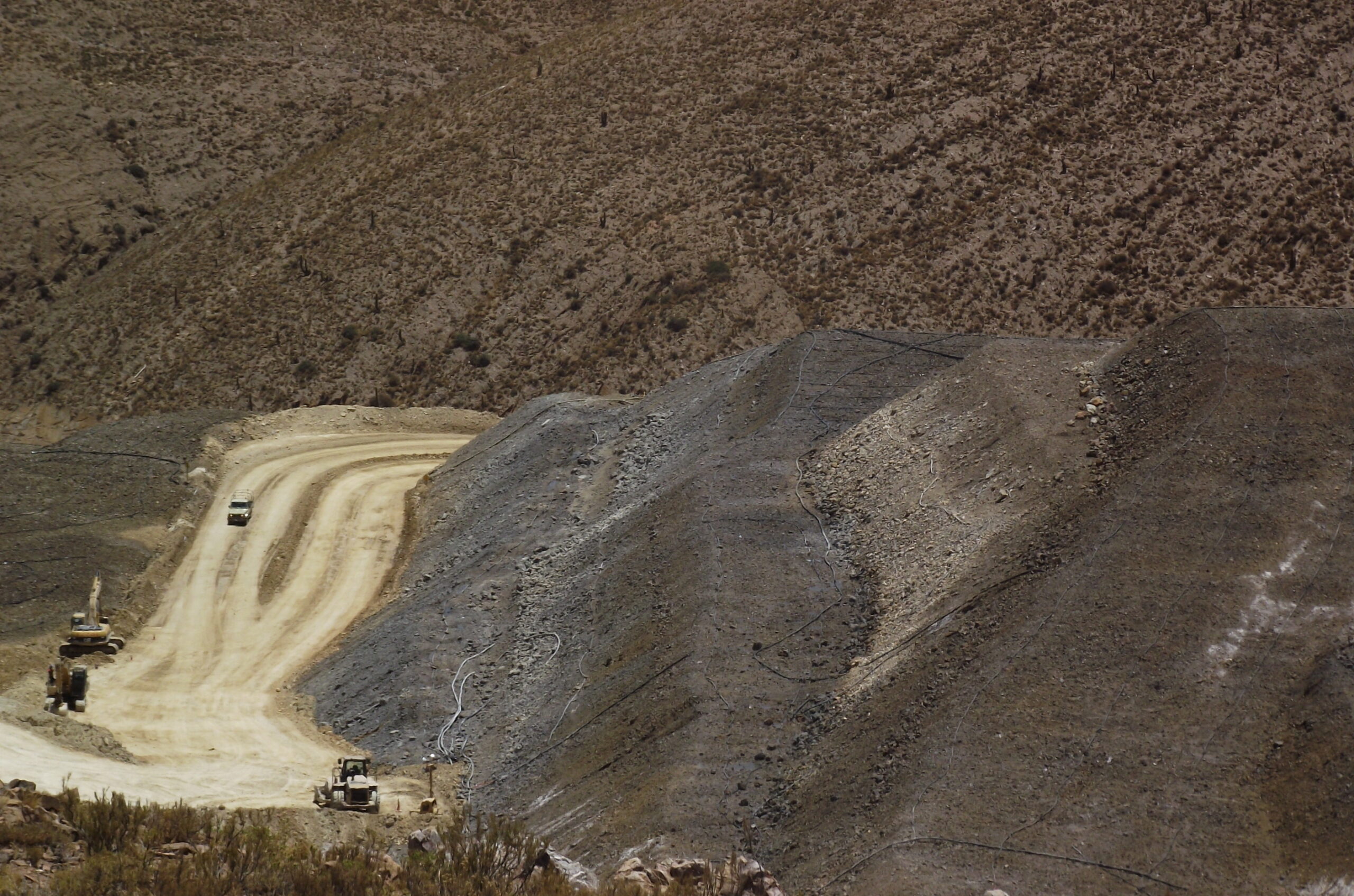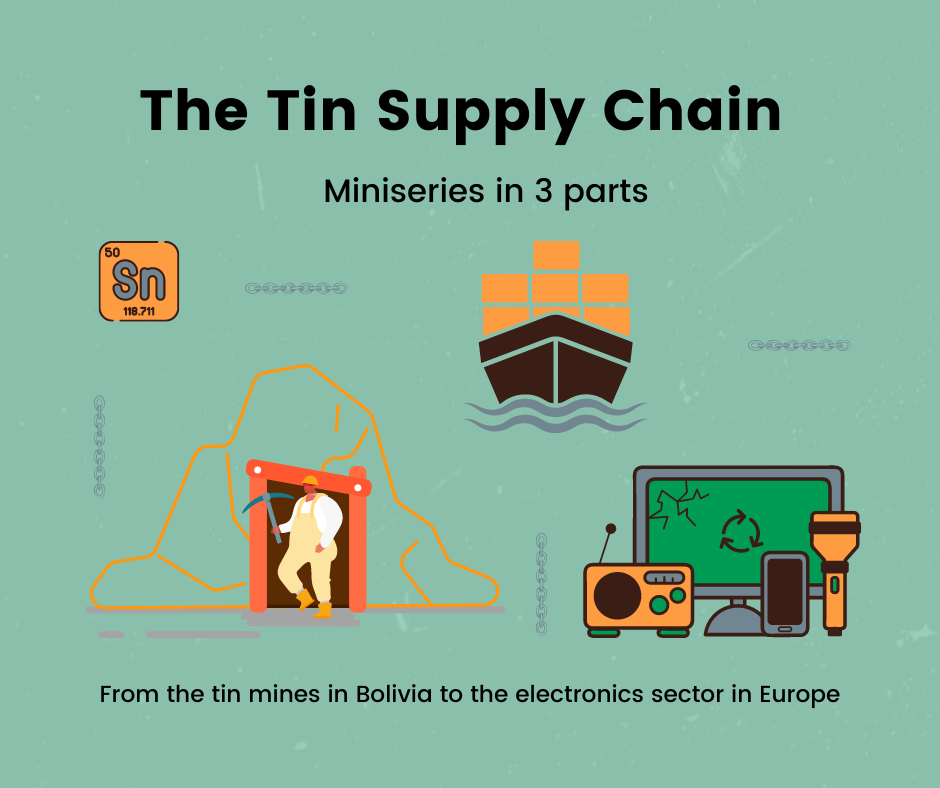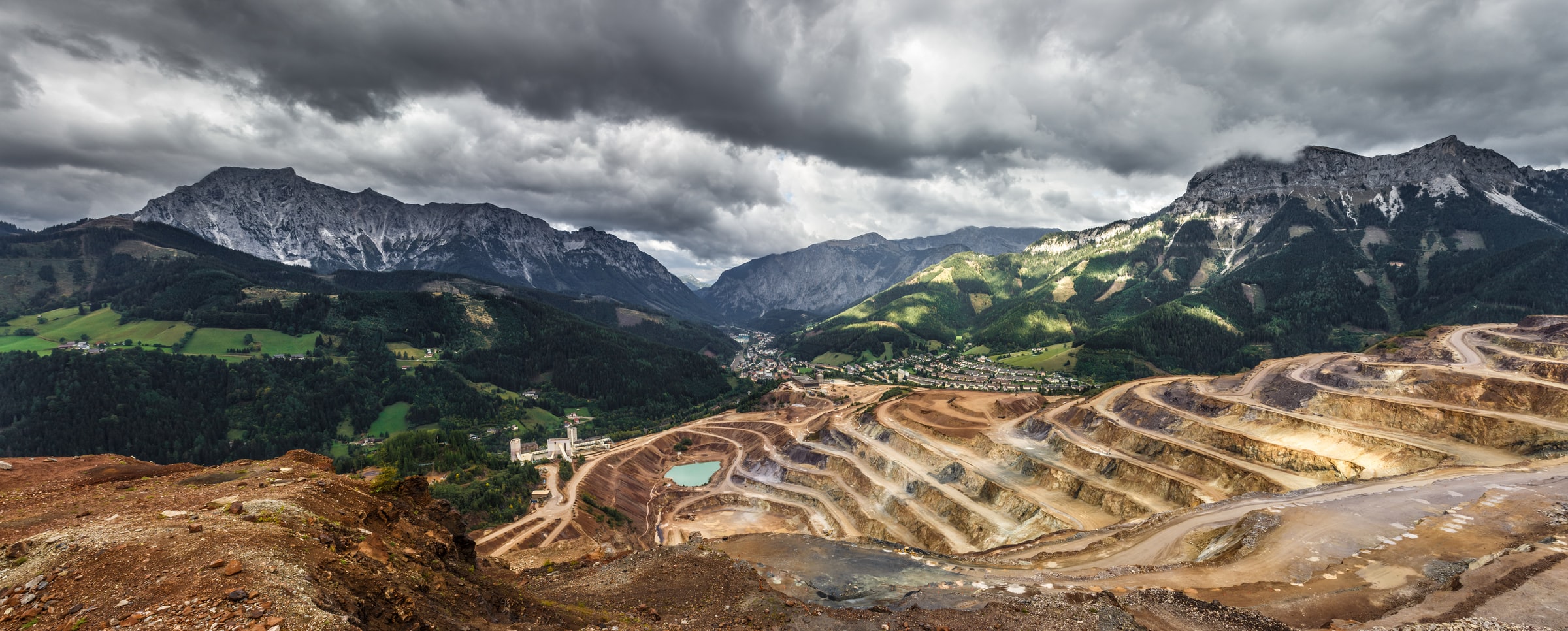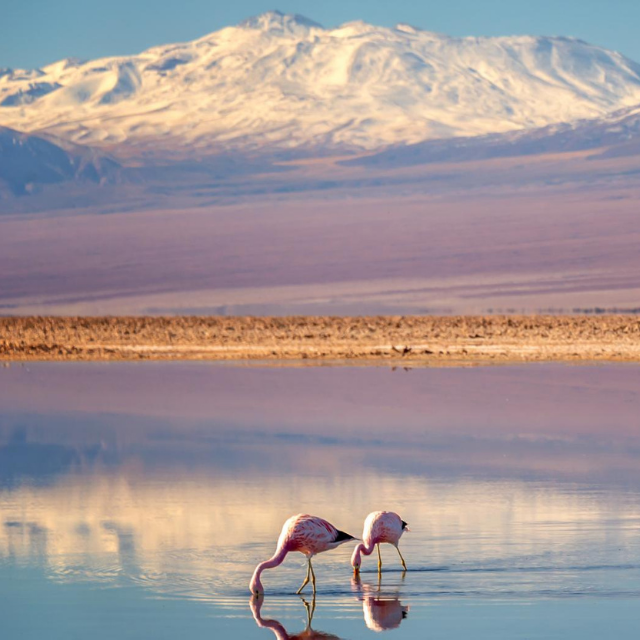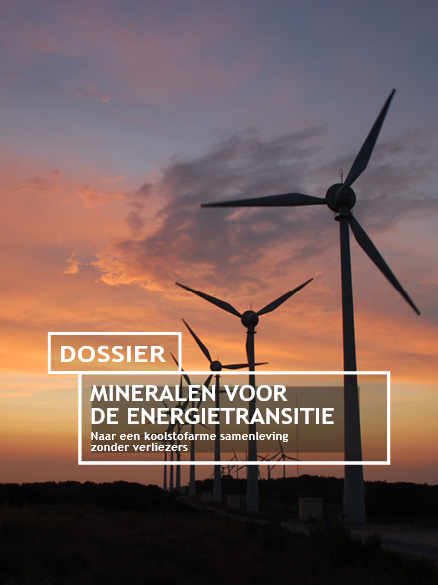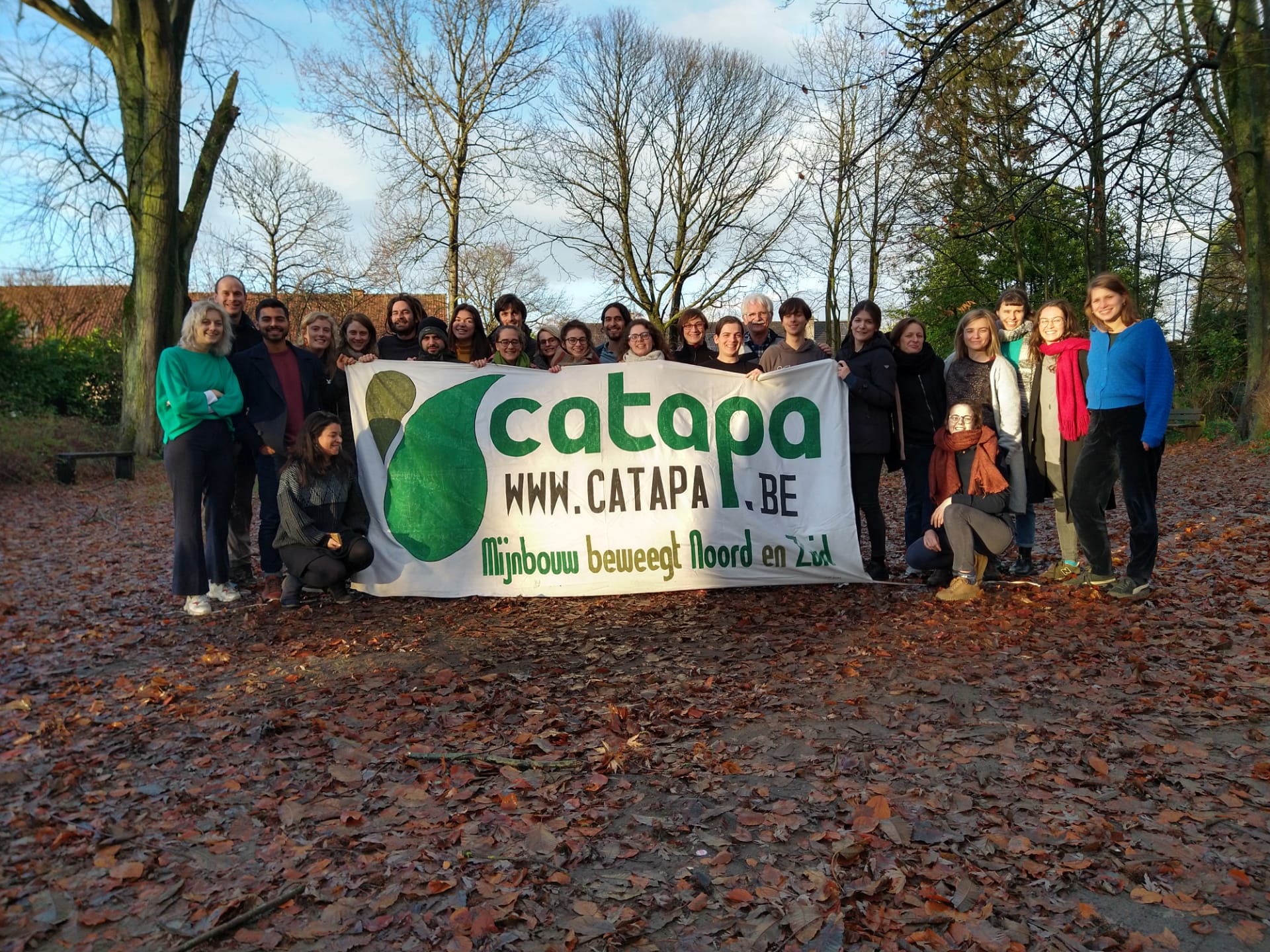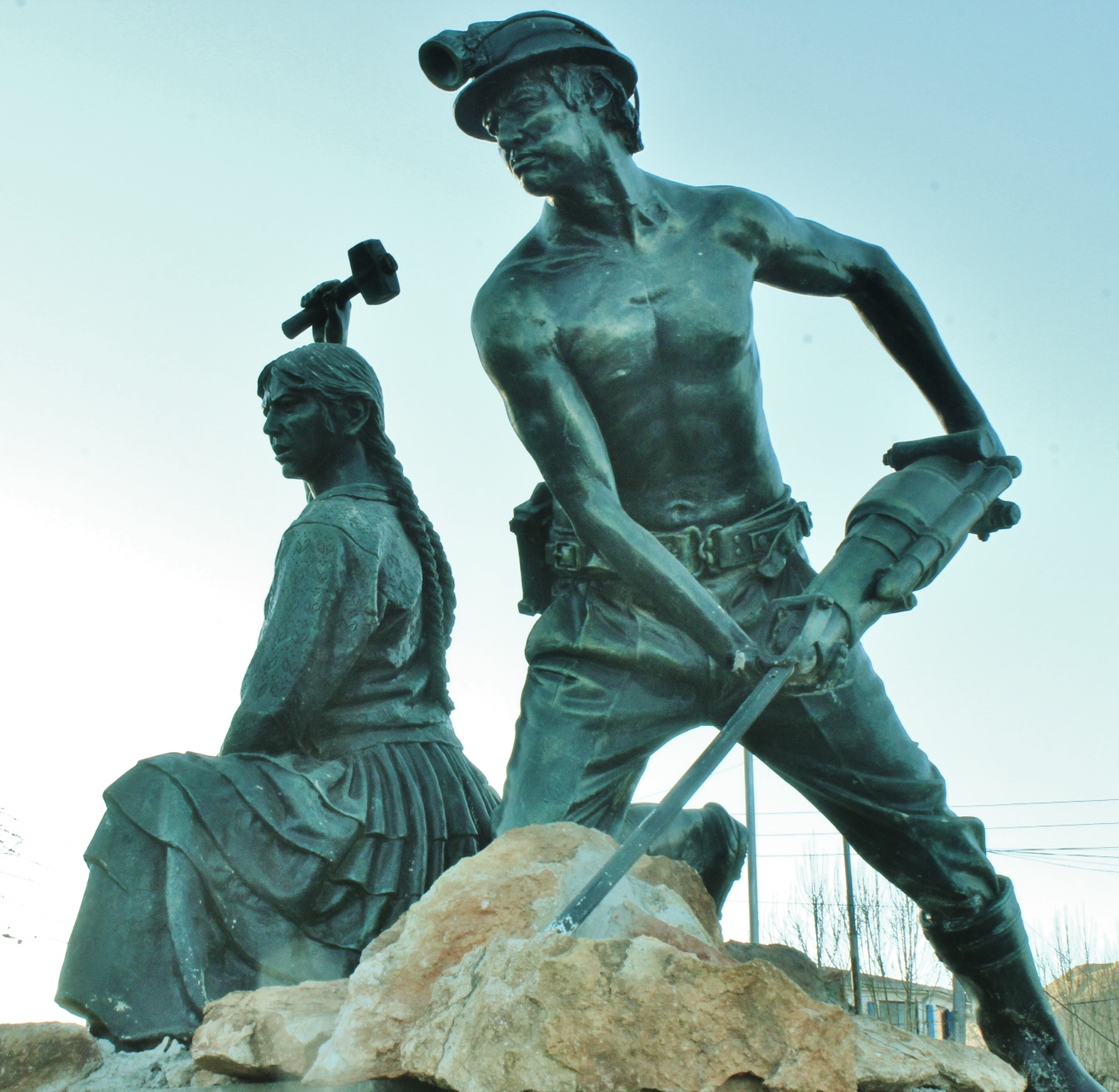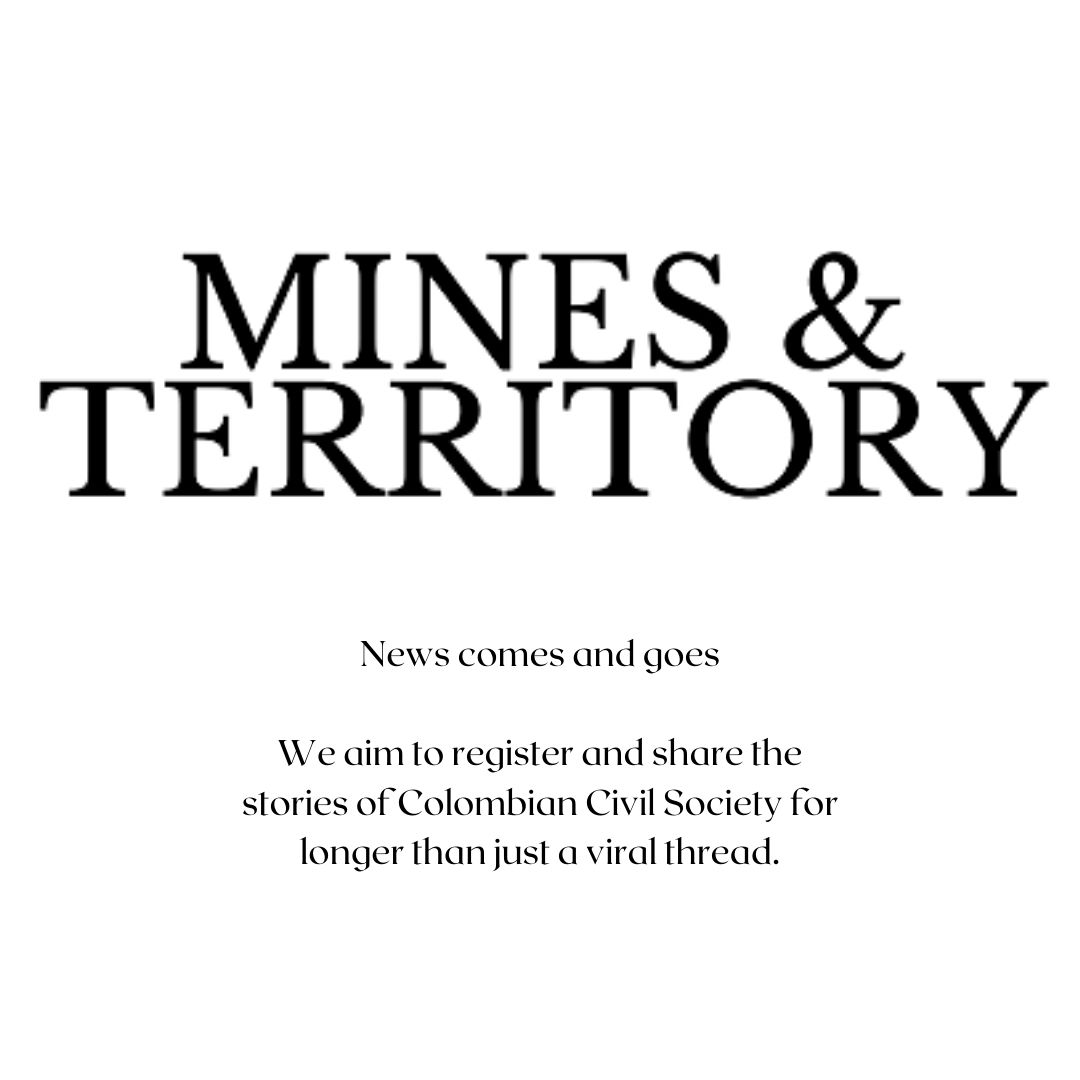Increasing food prices
Loreto does not have a diversified agricultural production, due to the hard conditions that the Amazon ecosystem poses on peasants. With mainly poor, infertile soil where crops are often suffering from erosion due to heavy rains and from different plagues, only a limited variety of crops can survive. Therefore, the region needs to import massive amounts of food, especially vegetables, from other regions of Peru.
The transportation of imported food is especially complicated for Loreto. Its main city, Iquitos, which has about one million inhabitants, is the only major city in Peru that is not accessible by road. The imported food from other regions needs to arrive either by air or by ground transportation until Yurimaguas, and from there by boat for more than 3 days. The regional food supplies reach Iquitos by boat, coming from local communities settled on the river sides.
Family agriculture produces 70% of the food supplies that are consumed in Peru. In many cases, this means that the surplus food production of small families is sent to other regions by means of passengers’ transport, which is now prohibited by the State of Emergency. The cargo transport of food supplies is allowed, and people working in the food supply sector are officially allowed to pass by regularly. However, to obtain the necessary permits with the National Police, you would need to provide certain certifications that many small producers don’t have.
Therefore, if prices of basic food in the region have increased, it is directly linked with the State of Emergency declared by the government of Peru and its transport restrictions. Basic fresh food items like eggs, potatoes, tomatoes, bananas and onions have doubled in price since the beginning of the lockdown.
Speculation is another cause of increasing food prices. There was a wave of panic among the inhabitants of the country, especially during the first days of the lockdown, so the markets and stores were wiped out of some products. The resulting demand in turn increases the prices. While the Peruvian government is trying to send positive messages to the population ensuring that there will not be a shortage of food supplies, the outcome is nonetheless that the prices of some products might take a while to stabilize after the panic-buying.
There are also very strict and inconvenient rules put in place during the State of Emergency regarding groceries shopping. In Iquitos, markets start business around 5 am and the police force the vendors to start closing by 9:30 am. The result is a major assembly of people trying to buy their food in the very early hours of the morning, which absolutely poses more risks for mass contagion.




